Everything Apple announced at its “Far Out” event
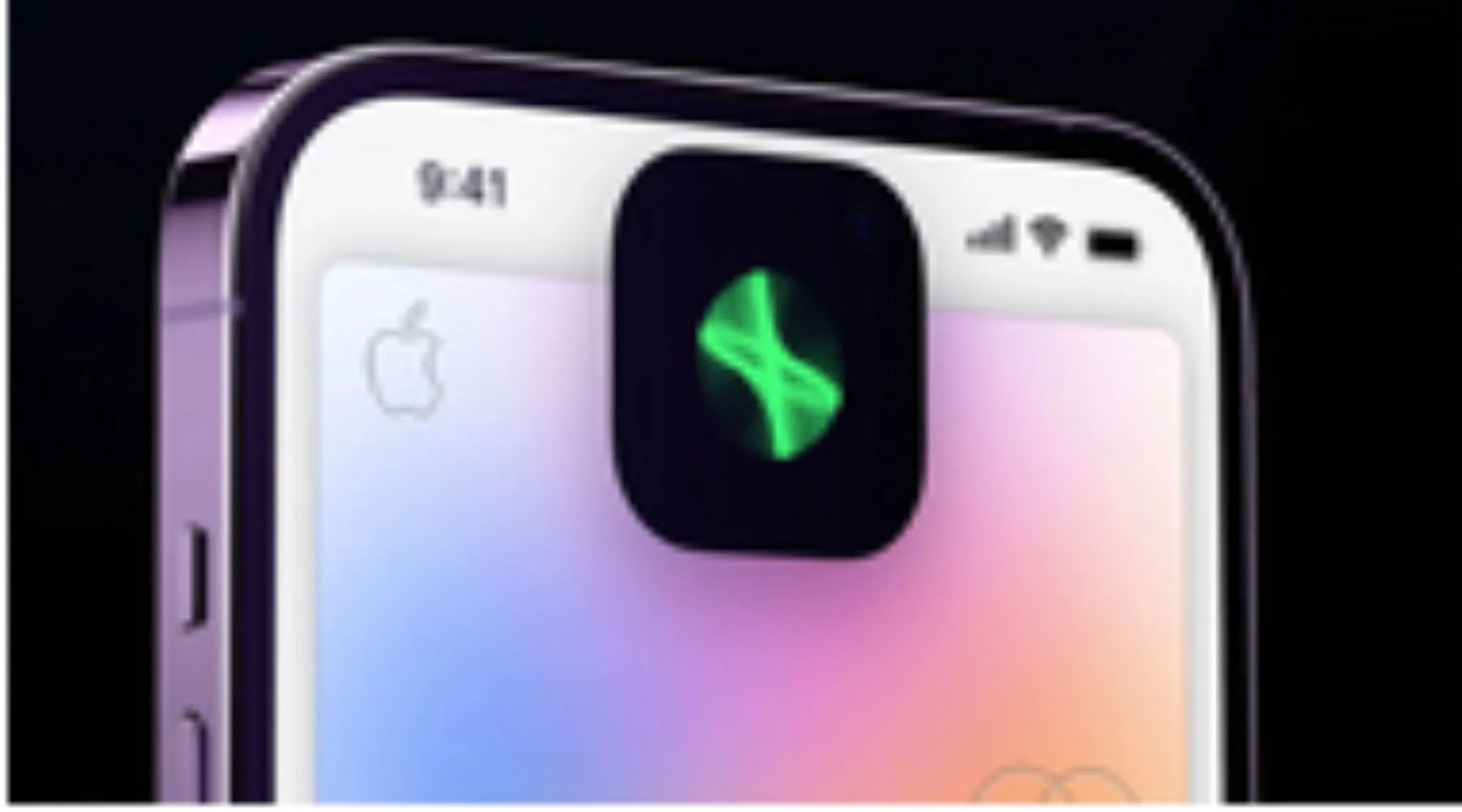
From iPhone 14 to Apple Watch Ultra and more, here are all the new gadgets Apple announced at its Far Out event.
As expected, Apple's Far Out product launch event was headlined by new iPhone 14 models, but that wasn't the only product line Apple chose to refresh overnight.
Apple iPhone 14
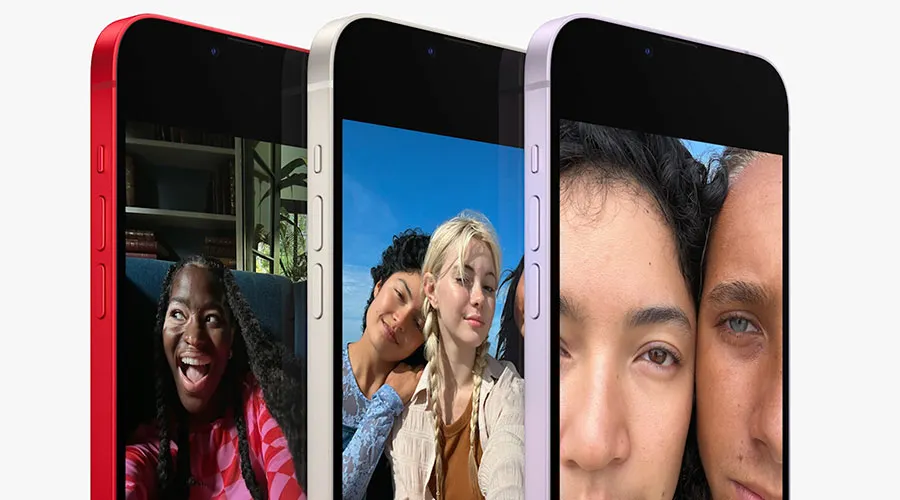
While it didn't lead with the iPhone 14, the new phones were clearly the most anticipated part of Apple's Far Out event.
First, the bad news for those who like smaller iPhones. As expected, the iPhone mini got the cut. There are the new Apple iPhone 14 and iPhone 14 Plus models, alongside the iPhone 14 Pro and iPhone 14 Pro Max.
That means that the iPhone family runs with either 6.1-inch or 6.7-inch displays. For the regular iPhone 14 models, you get OLED displays with 1,200 nits brightness. Apple's ceramic shield glass is once again claimed by the company to be the industry's most durable.
In terms of colours, the iPhone 14 will sell in Midnight, Starlight, Blue, Purple and PRODUCT(RED) finishes available for the regular iPhone 14 models. All-day battery life is claimed, with the Plus model purporting to have "the best battery life in an iPhone".
More specifically, Apple claims up to 20 hours of video playback battery life for the iPhone 14, rising to up to 26 hours for the iPhone 14 Plus.
On the performance front, the regular iPhone 14/Plus models use Apple's A15 Bionic chip. They should run similar to last year's iPhone 14 Pro Max.
Again, that was an expected shift, with Apple keeping its best phone performance for its Pro models. Still, the A15 Bionic rather handily outpaces everything on the Android side of the fence, so Apple's got room to rest here.
On the camera front, the Apple iPhone 14 runs with a dual rear camera array – again, you'll have to pay more if you want pro camera features – with a 12MP primary camera with 1.9-micron sensor size. Apple claims it's got a 49% improvement in low-light capture. The secondary lens is an ultra-wide model. At the front, there's a 12MP f/1.9 selfie camera with autofocus.
For low-light performance, the iPhone 14 uses Apple's new Photonic image processing engine, with an enhanced image pipeline to improve low-light photos. Photonic Engine is (as per Apple) there for every camera, with up to 2 times low-light improvement on front and ultra-wide camera and 2.5 times on the main camera.
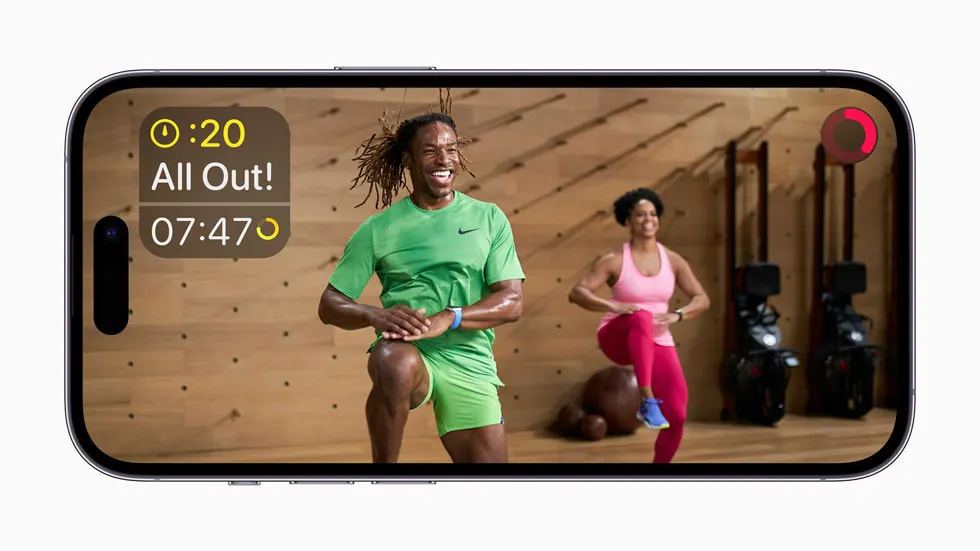
For those who shoot video, iPhone 14 features an advanced video stabilisation mode called "Action Mode" for better image stabilisation on the go.
In an interesting move, US models of the iPhone will drop a physical SIM tray, going eSIM only, although Apple specified that was (for now) for the US only, so clearly other models will still offer a single SIM tray.
iPhone 14 will also offer crash detection (also found on the new Apple Watch models) if you're in a car crash. As a phone, it can clearly notify emergency services too.
As rumoured, iPhone 14 will offer satellite phone support for emergency use with an emergency SOS via satellite feature.
That's not so much so you can post your Instagram selfies while in the middle of the great sandy desert, but more so you can alert authorities if you're lost there. The satellite SOS feature will show you how and where to point an iPhone to maintain a satellite connection.
It uses a custom text compression algorithm to reduce message size, working within the limitations of satellite data standards. In other words, Apple isn't relying on Starlink any time soon. Apple did note that you'll be able to use the satellite service to tell your close contacts your location on the go.
However, satellite SOS won't launch until November, and even then only in the US and Canada. It'll be free for 2 years from launch, with ongoing pricing not disclosed.
Speaking of networks, while the iPhone 14 (and the Pro models) are 5G-capable, we're once again getting a lesser model compared to the US variants, which will include mmWave support. The Australian models only support the slower sub-6Ghz variant, which is disappointing.
How much does Apple iPhone 14 cost?
The iPhone 14 will go on pre-order from 9 September with Australian pricing from $1,399. They'll be available from 16 September 2022.
If you fancy the new iPhone 14 Plus, you'll have to wait a little longer, with availability from 7 October, priced from $1,579.
| Model | Australian RRP |
|---|---|
| Apple iPhone 14 128GB | $1,399 |
| Apple iPhone 14 256GB | $1,579 |
| Apple iPhone 14 512GB | $1,899 |
| Apple iPhone 14 Plus 128GB | $1,579 |
| Apple iPhone 14 Plus 256GB | $1,749 |
| Apple iPhone 14 Plus 512GB | $2,099 |
iPhone 14 Pro and iPhone 14 Pro Max
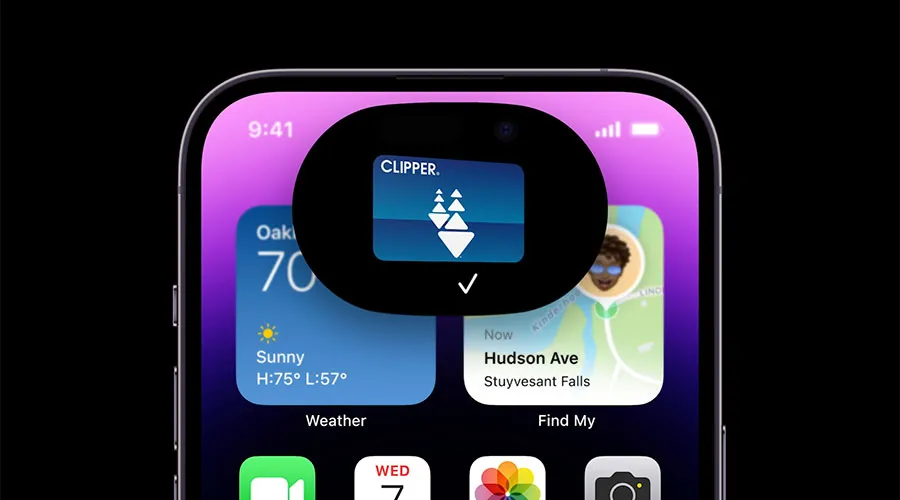
The iPhone 14 Pro models get their own colour choices, with options for space black, silver, gold and deep purple colours.
Colours aside, what's new here is a pill design rather than the notch on prior models. Apple's new "dynamic island" is a silly marketing name for the way that the iPhone 14 Pro models show you notifications around the new pill notch without distracting from the app you're using at the time.
On the display front, the 6.1- and 6.7-inch screens claim thinner borders and a brighter screen at 1,600 nits, the same as Apple's Pro Display XDR. On brighter days, peak brightness can hit 2,000 nits.
Apple's finally getting into the always-on display game as well, with the claim that the lower power 1Hz modes can allow longer run times without heavily impacting battery life.
The Pro models get a new chip, also running on the A16 Bionic. Apple says it's geared towards power efficiency, camera optimisation and display support.
It's built on a 4nm process – if that confuses you, it's very, very small components, basically – and Apple claims it's up to 40% faster than its competition, although it didn't specifically name which competition it was comparing to there. Apple's also claiming usage of just one-third of the competition, albeit again without detail to make that comparison truly useful.
As expected, the camera is the key selling point of the new Pro models. It uses a triple camera system, but where prior iPhone models rested on 12MP sensors, the iPhone 14 Pro models use a primary 48MP f/1.78 sensor.
This means that Apple can use quad pixel binning for better low-light performance. It'll be interesting to see how that compares against the best of Samsung and Apple, with the company claiming a double improvement in low light relative to the iPhone 13 Pro/Max models.
There's a 2 times telephoto option from the primary sensor alongside 3 times telephoto lens for better and crisper zoomed photos. Apple's ProRAW will support full 48MP photos (with the hit to storage size) as well. The ultra-wide camera remains at 12MP f/2.2, again with a claimed improvement in sharpness and low-light camera performance.
On the battery life front, Apple's claim is once again for "all-day battery life", though at its event it didn't give specifics on what that means in real-world battery life figures. Apple's specification page lists up to 23 hours of video playback for the iPhone 14 Pro and up to 29 hours for the iPhone 14 Pro Max.
How much does Apple iPhone 14 Pro cost?
Like the iPhone 14, the Pro models go on pre-order from 9 September with pricing starting at $1,749 for the Pro and $1,899 for the Pro Max variants. They'll be available from 16 September 2022.
| Model | Australian RRP |
|---|---|
| Apple iPhone 14 Pro 128GB | $1,749 |
| Apple iPhone 14 Pro 256GB | $1,899 |
| Apple iPhone 14 Pro 512GB | $2,249 |
| Apple iPhone 14 Pro 1TB | $2,599 |
| Apple iPhone 14 Pro Max 128GB | $1,899 |
| Apple iPhone 14 Pro Max 256GB | $2,099 |
| Apple iPhone 14 Pro Max 512GB | $2,419 |
| Apple iPhone 14 Pro Max 1TB | $2,769 |
Apple Watch Series 8
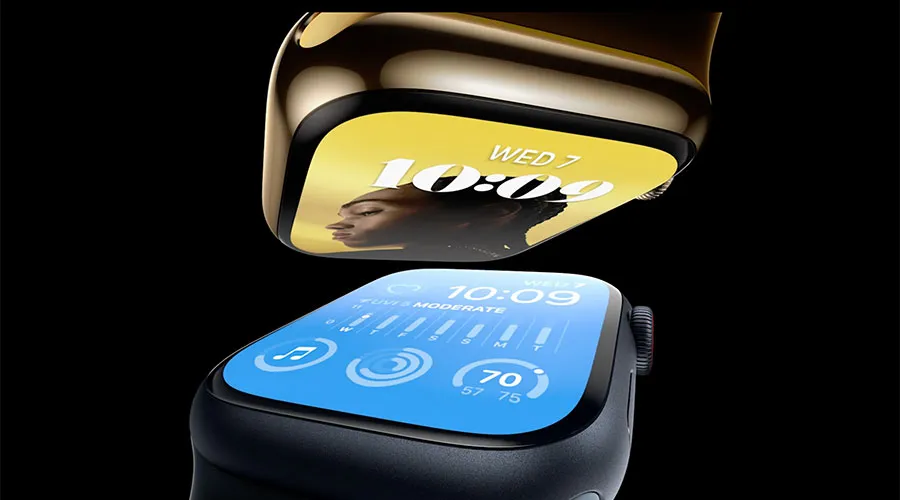
Apple actually started the Far Out event talking about the Apple Watch, with user stories about how its communication and health tracking features had already helped users, including one man who fell headfirst into a garbage truck. That's quite the flex, Apple, not what anyone expected.
The Apple Watch Series 8's new features include a new temperature sensor, designed around women's health. The idea here is that the Apple Watch Series 8 will be able to use the new temperature sensor to help track ovulation cycles alongside the existing period tracking features. Apple claims that the data gathered will remain private to the user, encrypted end-to-end.
The Apple Watch Series 8 will allow users to historically track when they have recently ovulated. Overnight, the sensor will track temperature every 5 seconds, with the ability to check temperature within 0.1 degrees. That data will be able to track and alert users to cycle deviations, another useful metric for women's health.
New safety features include car crash detection and automatically contacting emergency services. However, it's not clear if this feature will work outside the US at the time of writing. It's informed from a new accelerometer and gyroscope within the watch body.
Apple Watch Series 8 claims 18-hour battery life, the same as existing models. There's a new low-power mode for up to 36 hours of battery operation, cutting out some features such as the always-on display to keep the Apple watch ticking. Interestingly, that's available from series 4 onwards.
Global roaming finally comes to Apple Watch, so by the end of the year you'll be able to use a paired phone plan when you travel. However, Vodafone was the only Australian-specific brand name checked at the event.
For fans of the more expensive Nike or Hermes watches, there are new models there too. The Nike variant may feel a little less exclusive as the previously exclusive Nike watch faces will come to all existing Apple Watch models once the new version of WatchOS lands.
How much does Apple Watch Series 8 cost?
Pricing will depend on band type, but the baseline models of the Apple Watch start at $629 with a Sport Loop. Pre-orders have already opened with availability from 16 September.
Apple Watch SE
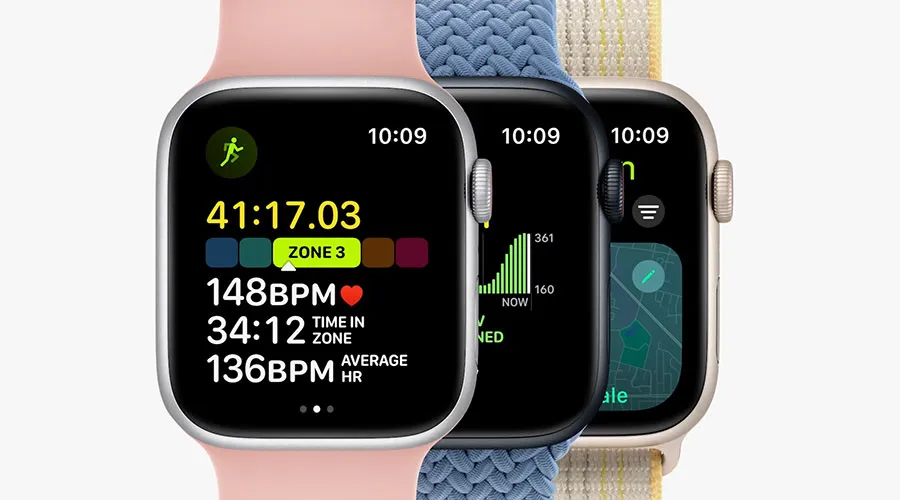
Apple Watch SE, Apple's lower-cost watch model, also gets an update, with new silver, midnight and starlight finishes for the second-generation Apple Watch SE. The SE supports the new crash detection feature too. It's still the option for those wanting a cheaper way into Apple's wearables system.
How much does Apple Watch SE 2 cost?
Apple Watch SE will cost from $399 – again, depending on band choice. Pre-orders have opened with availability from 16 September.
Apple Watch Ultra
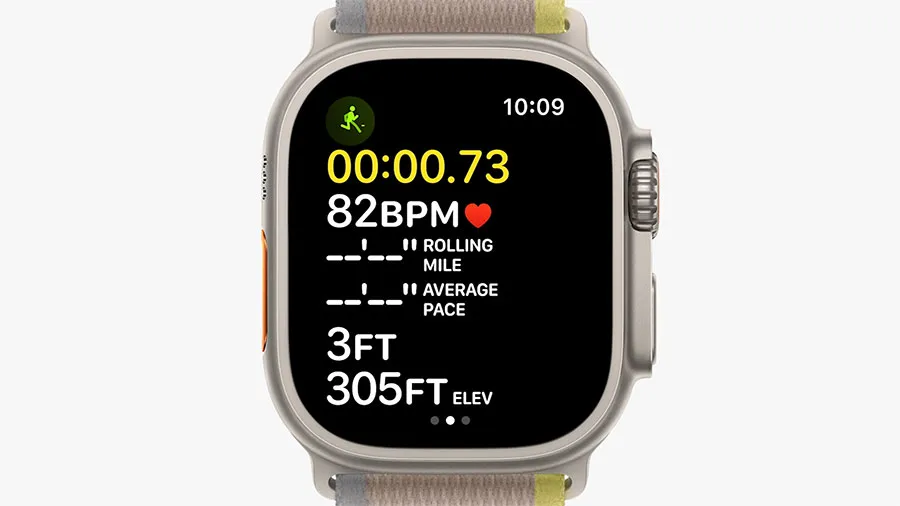
Apple has had 2 Apple Watches for a while now, so how about 3 of them? The new Apple Watch Pro was heavily rumoured before launch and this was one of those rumours that panned out… though not for the name.
Apple's taking on the heavy-duty fitness watch market with the Apple Watch Ultra. The Ultra has a titanium case and sapphire crystal front case, with a 49mm display case, the largest in an Apple Watch to date.
There's a new orange customisable button to quickly launch a user-defined app. A second onboard speaker for extra volume gives the idea that it'll continue to be audible even in the worst outdoor conditions.
The Apple Watch Ultra can run for 36 hours from its battery and all models are LTE-capable. That battery life figure will stretch to up to 60 hours with a new battery optimisation setting, although that won't be available until later this year.
Wayfinder face and night modes have been added for long treks in the outdoors. New more durable bands will also work with the Apple Watch Ultra. (Apple has confirmed the new model will support existing Apple Watch bands.)
L1+L5 GPS support should mean that the Apple Watch Ultra can track via GPS more accurately than any other fitness watch – at least according to Apple, of course.
If you like your outdoor sports with a dab of brutal temperatures, the Apple Watch Ultra should be able to take it. It can handle temperatures of as low as -20°C, up to 55°C temperature. There's a new compass app with new precision views for orienteering. There's also a new Backtrack feature should you get lost. A new 86-decibel siren is designed for emergency use (best not to fire that one off on the train) for emergency services to locate lost fitness fans.
If your fitness endeavours include underwater activity, Apple Watch Ultra is EN13319-compatible for dive computing at up to 40 metres underwater.
How much does Apple Watch Ultra cost?
Here in Australia, the Apple Watch Ultra will retail at $1,299, marking it out as a premium-priced fitness watch. Like the other Apple Watches, you can pre-order Apple Watch from today, although you'll wait a little longer for one. Models are available from 23 September.
Apple AirPods Pro second generation
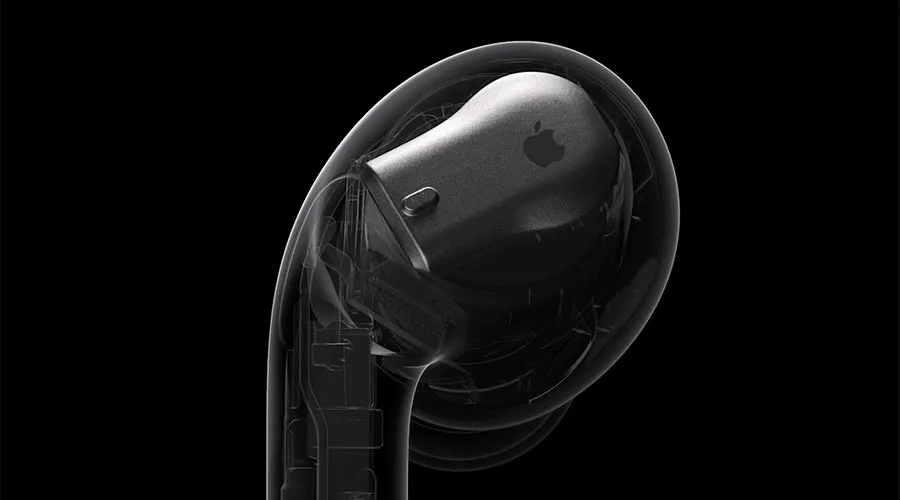
Apple also updated its Apple AirPods line-up with the new AirPods Pro second-generation model. Apple's premium AirPods runs on a new H2 performance chip with (of course) claims of improved audio quality across the board.
Apple's offered spatial audio for some time now, and it's updating it with what it calls "personalised" spatial audio. You'll need an iPhone to use its TrueDepth camera to create a profile of your ear shape to enable this.
Apple claims up to 2 times better active noise cancelling (ANC) for the new AirPods Pro, a bold claim given that the original was already one of the better performers in this area. Apple's also offering new ear tips to enable more users to use its premium buds.
On the power front, Apple claims up to 6 hours of ANC listening time, with up to 30 hours with the charging case. The case uses the same kind of chipset as AirTags if you lose it. It'll charge over Qi or the Apple Watch charger to power up, as well as the more traditional lightning charger.
How much does the new Apple AirPods Pro second generation cost?
The new AirPods Pro will go on pre-order from 10pm on 9 September 2022, with actual availability from 23 September 2022. They'll set you back $399, which is the same price as the first-generation models.
Was there a "one more thing"?
Despite some rumours suggesting that Apple might show off glimpses of an Apple Car or a new Apple TV or its long-awaited AR/VR headset, there was no "one more thing" to cap the event off.
Need more info on the latest and greatest tech? Head over to Technology Finder.